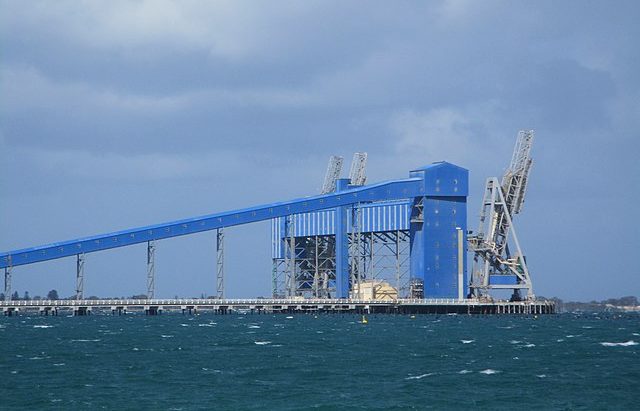A United States-European Union (EU) trade concession on July 27, 2025 lowered bilateral tariffs including agricultural, echoing a similar U.S.-Japan deal.
Negotiations took place at the unlikely location of Turnberry golf pitch in post-Brexit Scotland. While vacationing in this personally-owned pitch, President Donald Trump welcomed the President of the EU Commission, Ursula von der Leyen.
After an hour of discussions, the U.S.’ President finally emerged and labeled the agreement “the biggest of them all.”
Trump was adamant to keep import tariffs for goods from the EU above 15% or half the 30% he’d threatened earlier.
For Ms von der Leyen, this is a legacy deal: it comes days after she overcame a no-confidence vote in the EU parliament.
“It was heavy lifting….but now we made it.” She said upon her departure back to headquarters in Brussels.
Beforehand, Ms von der Leyen promised to buy $250 billion in annual gas from the United States to replace supplies from Russia.
Accordingly, the EU will also have to order $750 billion in federal energy and invest $600 billion stateside.
The 15% duty on both sides covers automobiles, medicine and semiconductors while a separate 50% covers aluminium and steel.
Agriculture
Although currently unclear, certain critical agricultural merchandise may attract lower mutual tariffs than industrial goods.
Alcohol and spirits are not some of these as their tariffs remain unknown for now, until further negotiations. These two beverages lead agricultural exports by the bloc into the U.S., with wine holding a 17% export share in 2024.
If there was no deal, both sides would have exchanged 30% retaliatory tariffs on goods, including agricultural.
The EU had planned to slap 30% on bourbon wine from Kentucky and soybeans from the Midwest.
Starting August 7, the EU would have begun to impose €93 billion ($108.5 billion) in bilateral counter-tariffs, inclusive of agri-food.
This deal will ultimately create more trade certainty than its absence despite making bilateral EU-U.S. product prices higher than ever. To learn more on the agricultural trade between the trans-Atlantic economic powers, skim the below statistics.
United States-European Union Agricultural Trade Statistics
With its 450 million consumers, the European Union (EU) is the biggest single agricultural bloc worldwide, before the United States. However, the EU is not first in bilateral agricultural trade with the United States, a spot that China occupies. According to the International Trade Administration, mutual U.S.-EU agricultural trade clocked $44 billion in 2022, behind China, Canada, Mexico and Japan. Of this value, Ag exports by the U.S. to the EU totaled $13 billion in 2024.
What is the agricultural product export share by the United States to the EU?
According to the U.S. Department of Agriculture (USDA), the European Union receives 7.3% in all federal agricultural exports, as of 2024. However, this share is a contraction from 17.3% of 1999. It is opposed to the Ag export share by the U.S. to China, which climbed from 6% in 2000 to 17% in 2022.
What Ag goods does the U.S. export to the EU?
In 2022, the EU ordered $3 billion in soybeans from stateside. This value was followed by almonds and pistachios at $1.2 billion and $689 billion, respectively. Spirits at $533 million and prepared foods at $521 million finished the top five commodities.
What does the European Union export to the United States in Ag goods?
In 2024, the U.S. represented 13% of the EU’s ag exports, the second highest proportion after the UK’s. Of this share, wine and related represented 17% while cereal preparations 10%, alcohol/spirits 9%, and olive products 9%.
